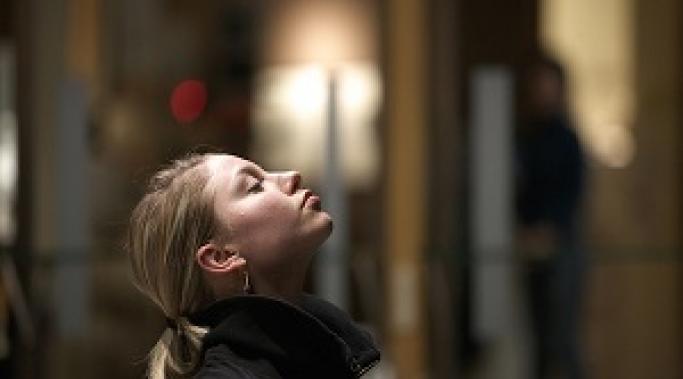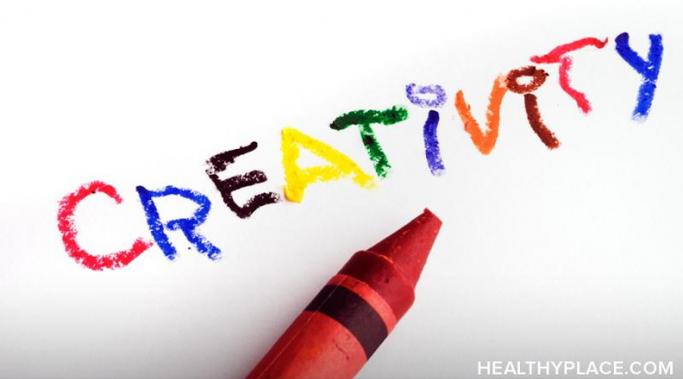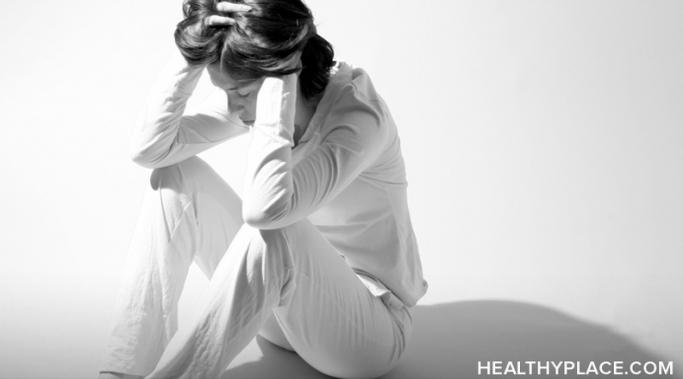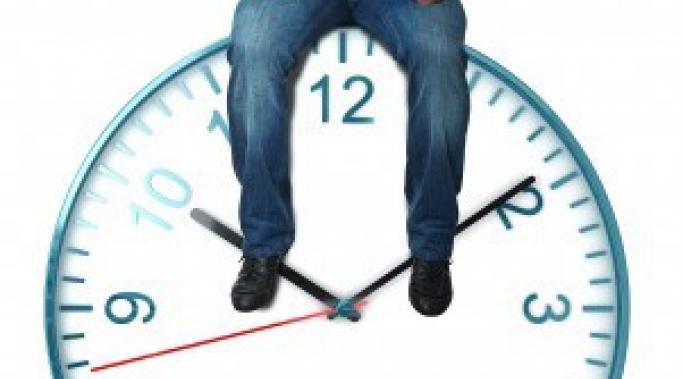Do you ever get tired of anxiety, with all of its frustrations and limitations? An anxious mind can be exhausting; adopting a beginner’s mind can be uplifting and freeing. The concept of a beginner’s mind, called shoshin, comes from Zen Buddhism, and it teaches us to approach life as a beginner. This can feel refreshing, given that anxiety constantly tries to rule our lives as an authoritarian expert. If you’re tired of living with anxiety, adopt a beginner’s mind.
Anxiety Videos – Anxiety Schmanxiety
Calming anxiety can seem impossible, and while mediation for anxiety can be effective, sometimes an alternative to meditation is necessary. After all, when our anxious brains race with worries and fears and what-ifs, it can be incredibly difficult to sit still with our eyes closed and clear the mind. Yet our brains need a break. We need a break. It is exhausting and even painful to sustain anxious, racing thoughts. We can give our brains this break even when we can't meditate. There is an alternative to meditation that works wonders in calming anxiety.
Unconditional positive regard reduces anxiety. When we experience anxiety, how can we stop bullying ourselves and give ourselves unconditional positive regard?
Anxiety can be overwhelming, and it can be hard to picture yourself free from anxiety. However, sometimes picturing ourselves free from anxiety is exactly what will help get rid of it.
When someone lives with anxiety, it can seem that life is anxiety. It often feels that anxiety is the rule and that there are no exceptions to anxiety. It can be overbearing and consume our entire being, creating anxious thoughts and anxious emotions and restricting what we do. While this feels very real, the truth is that anxiety is not always as strong as it wants us to believe. There are exceptions to anxiety, times when our anxiety isn't as intense as it usually is.
Living with generalized anxiety disorder or social anxiety disorder can be frustrating. (And isn't that the understatement of the century?) We work hard to rid ourselves of anxiety, reading articles and books, participating in conversations, learning techniques to fill our anxiety toolboxes, seeing therapists, and more. Take heart: these things work and anxiety can disappear. It's a process, though, and not a quick one. What can we do to get by while we are working on diminishing our anxiety?
One of the many annoying things about anxiety and anxiety disorders is that they are almost always there. Whatever we do, wherever we go, there it is. Another irksome thing is that sometimes it feels even bigger than we are, dominating our entire being. Fortunately, no matter where we are, what we’re doing or how big anxiety feels, we can shrink it.
Anxiety can be incredibly exhausting. Anxiety can us down physically and emotionally. One reason anxiety is so taxing is that, once in our mind, it takes almost complete control. Fears and worries grow and they stick. It’s a vicious cycle: anxiety makes us worry, and the more we worry, the bigger anxiety grows, and the bigger it grows, the more we worry. However, even when anxiety grows so large it threatens to consume us, there is a way to shrink it back.
Anxiety can be beastly. It can take hold of our thoughts, feelings, and behaviors. Anxiety seems to take control of our physical body, too. How on Earth do we combat such a beast? How about with bubbles?
To have generalized anxiety disorder (GAD) is to worry -- a lot. While true, this is an oversimplification. “Worry” doesn't really begin to describe what happens in GAD. Everyone worries; it’s part of being human. It’s a given that people will worry about their grade on a test, for example, worry about their job security when downsizing is taking place, or worry about their child’s safety when he or she is away. But with GAD, the worry becomes too much -- all-consuming, really, and typically isn't limited to a single situation. Rather than having worries in one’s life, for someone with GAD, life itself is a constant worry.









